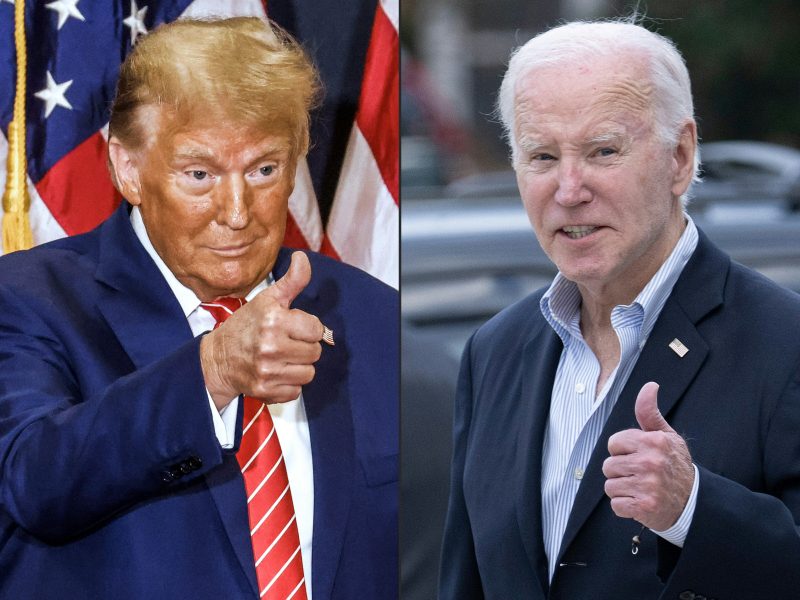If the two parties’ respective nominating contests weren’t over weeks ago, they surely are now. That’s thanks to the post-Super Tuesday exits from the campaign of President Biden’s top challenger, Rep. Dean Phillips (D-Minn.), and Donald Trump’s top challenger, Nikki Haley.
This leaves us with a general-election matchup that’s been called the campaign that nobody wants.
But just how much are Americans dreading it?
Haley often oversold the problem. Among other things, she said that 70 percent of Americans didn’t want a 2020 rematch and that “the majority of Americans don’t just dislike one candidate; they dislike both.”
Haley massaged her language to exaggerate the distaste. For example, it’s true that majorities of Americans dislike each candidate, but it’s not true that a single majority dislikes both Trump and Biden. It’s more like 20 percent, according to the polls.
That doesn’t mean the underlying point isn’t valid. It’s quite possible we’re confronting the most disconcerting general election in modern history.
And a few stats stand out.
One is the above figure — the so-called “double-haters.” The percentage of Americans who dislike both candidates has registered, in various polls, at 24 percent, 22 percent, 19 percent, 18 percent and 17 percent.
That’s compared to only about 5 percent who disliked both of the same two candidates at the end of their 2020 matchup, and just 3 percent who disliked both Barack Obama and Mitt Romney in 2012. About the only modern campaign that compares is Trump vs. Hillary Clinton in 2016, when exit polls showed 18 percent liked neither nominee.
One thing Haley did get about right was that 6 in 10 Americans say both candidates are too old — again, not different groups of 6 in 10 saying each is too old, but one group totaling 59 percent saying that both are, according to a recent ABC News/Ipsos poll.
That has to be unprecedented, in large part because we’ve never had a matchup of candidates this old. And the number appears to be on the rise even in this election cycle. Previous Washington Post/ABC News polls pegged it at 43 percent in May and 48 percent in September.
Stumbles by both candidates, which have proliferated, could cause the figure to rise further.
Another number that stands out is how satisfied Americans said they would be with the choices they now have.
A December AP-NORC poll showed at least 56 percent of Americans said they would be dissatisfied with the nominations of each man. Only 3 in 10 said they would be satisfied with either one.
Independents were especially disillusioned. Just 14 percent said they would be satisfied with Biden’s nomination, while 20 percent said they would be satisfied with Trump’s nomination.
A huge majority of independents now gets to choose between nominees they never really wanted.
Finally, there is the question of how much this election will be defined by voting against the other guy. The country has a long history of this, but it should be especially pronounced this time.
A recent NBC News poll showed that 57 percent of Trump backers said their vote was mostly about supporting him. That’s down from about three-quarters in exit polls and late surveys of the 2020 race when Trump was president.
Biden’s numbers here are particularly inauspicious. Just 31 percent said their vote was mostly about supporting him. That’s lower than the 54 percent who said their 2020 vote was mostly supporting him in exit polls, and it’s the lowest such number for any presidential candidate in the 21st century.
All told, about half of voters who named their preference between the two in the new poll said they were more animated by their opposition to the other guy than their support of their own.
So it isn’t that Americans are unlikely to find something acceptable in at least one of the two major-party nominees or that they necessarily hate both of them. But they are quite disillusioned with their choice, and the decisive voters are quite likely to be those who never liked either man much.
And that’s before the two candidates really start ripping the bark off each other.

